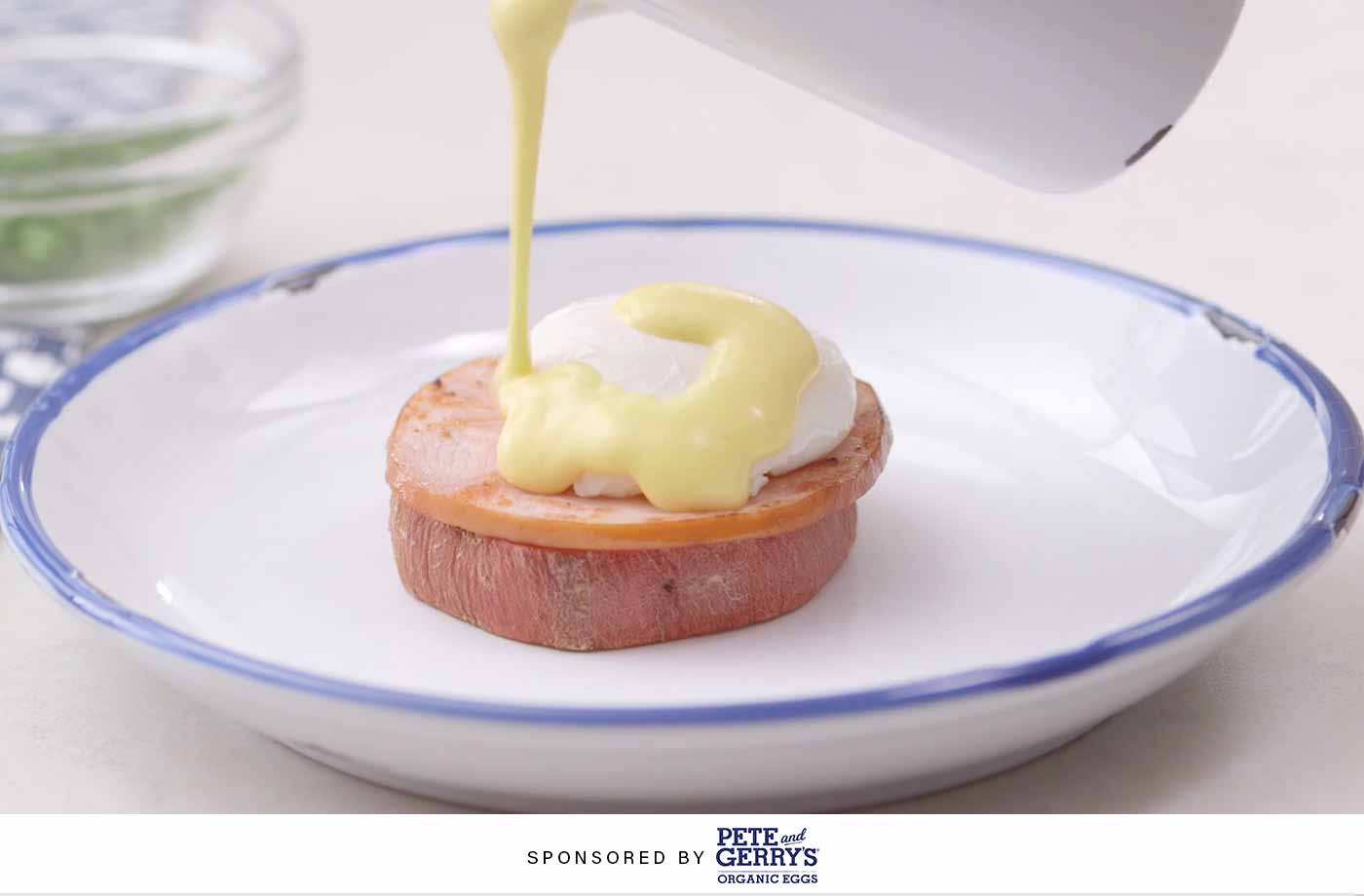
September 30, 2019 at 05:42PM by CWC
One summer day when I was little, I found out that my mom was taking my sister shopping—without me. Understandably, I was enraged. And so I did the only logical thing: I hid our mother’s wallet in the mailbox so that no one (no one!) would be getting new school clothes. Whenever my mom retells the story now, embellishments pop up right and left. (In one version, I also pocket $50 and raid the candy store across the street.) So does that make my mom a compulsive liar—or just a lover of over-exaggeration?
Good Therapy defines compulsive lying as “a condition in which a person tells falsehoods out of habit, sometimes for no reason at all.” The term is interchangeable with pathological lying, mythomania, and habitual lying. But it’s different than mere embellishment, according to ThriveTalk. Just because you, or someone in your life, likes to alter the banal details of a memory to make it a little more juicy doesn’t necessarily make them lies.
According to the official dictionary definition of “embellish,” the term means “to heighten the attractiveness of by adding decorative or fanciful details.” The major difference between ornamenting a story and telling a straight-up lie is that embellishments find their grounding in real events (like, say, a wallet being stashed in a mailbox). Lying, on the other hand, is defined as “[making] an untrue statement with intent to deceive.” Not with the intent to make a story more interesting.
Thus, if you’re paranoid that your desire to fudge the details here and there is pointing toward pathological tendencies, take a deep breath. So long as you’re not crafting anecdotes from scratch, you’re just a human being who likes to add a little fluff to the unofficial memoir of your life. And hey—there’s nothing wrong with that (says the girl who hides wallets in mailboxes).
Here’s how to stop a liar mid-sentence. Plus, why we all tell white lies to keep the conversation flowing.
ADVERTISEMENT
ADVERTISEMENTKate Spade Autumn/Winter Sale |
Author Kells McPhillips | Well and Good
Selected by CWC
ADVERTISEMENT
ADVERTISEMENTUp to 30% off Gift Sets |






